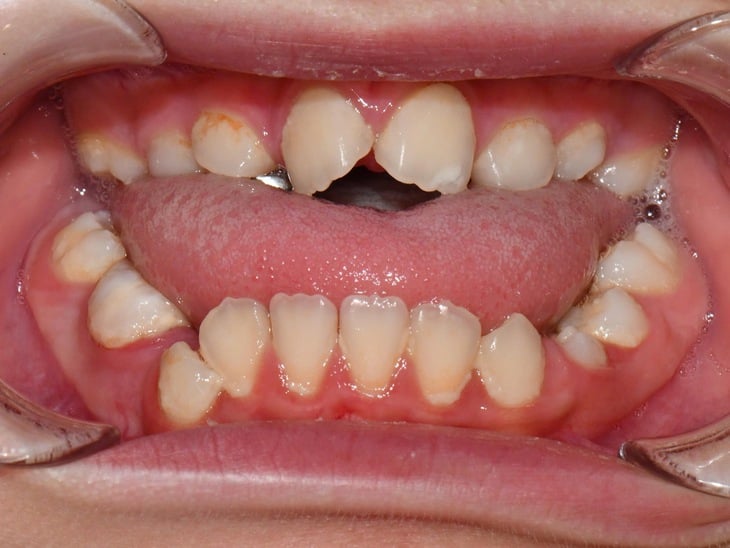
The disease can be detected early through dental examination, detecting reverse bite, many impacted teeth due to insufficient space to grow - Photo: BSCC
Along with internal medicine, surgery, and ophthalmology, dentists play a key role in early detection and actively participate in multidisciplinary treatment. Recently, I have met many families whose children have diseases that they did not know about and treat early, which is a pity.
What is Crouzon syndrome?
Crouzon Syndrome is a genetic disorder characterized by premature fusion of the cranial sutures, hence the name craniosynostosis. Typically, the cranial sutures begin to fuse at around 2-4 years of age, and are completely calcified by age 20.
In Crouzon syndrome, one or more cranial sutures ossify prematurely, causing the skull to not expand as quickly as the brain grows, leading to severe abnormalities of the skull and face.
Is Crouzon syndrome common?
Crouzon syndrome is a rare disease, with an estimated incidence of about 1 in 25,000 live births. About 50% of cases are familial due to autosomal dominant inheritance, the rest are due to spontaneous mutations, with no family history of the disease. The disease can occur in all ethnic groups, regardless of gender.
The cause of Crouzon syndrome is a mutation in the FGFR2 gene, which causes abnormal differentiation of bone cells leading to premature ossification of the cranial sutures.
When the cranial sutures fuse too early, the brain continues to grow and puts pressure on the skull, which has not yet expanded, causing increased intracranial pressure and bones to grow in unnatural directions, causing deformities of the skull and face.
The most typical manifestations are mid-facial hypoplasia, overbite due to the jawbone tending to rotate backwards, shallow eye sockets and bulging eyes, affecting both aesthetics and functions such as vision, breathing, chewing and pronunciation.
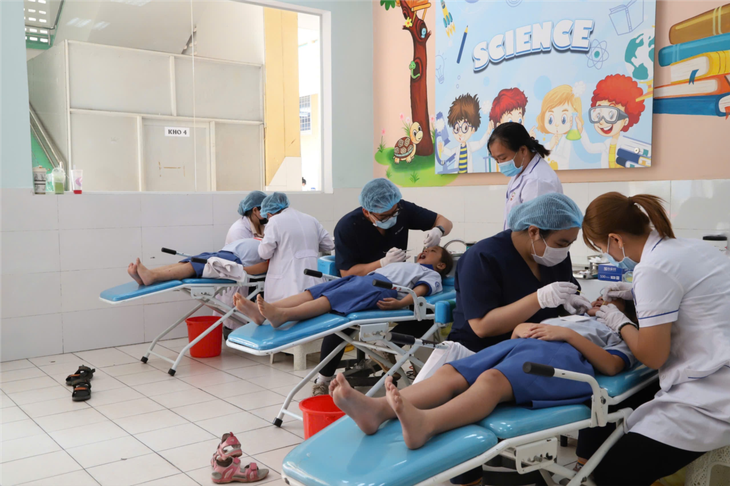
Dental examination for children not only detects dental diseases but also related diseases - Photo: TTO
Early detection of disease through common clinical symptoms
Clinical manifestations of Crouzon syndrome can be detected at birth or in the first years of life:
- The child has prominent bulging eyes, shallow eye sockets causing the eyes to protrude forward. The distance between the two eyes is often greater than normal.
- Underdeveloped mid-face causes a concave bridge of the nose, flat nose and concave facial expression. Many children have a high palate, even a cleft palate or a split uvula.
- The upper jaw tends to be underdeveloped and rotated backwards, so patients often have an overbite and many impacted teeth due to lack of space to grow.
- Dental problems include crowded teeth, abnormally large or missing teeth, anterior open bite, cross bite.
- Many cases have signs of snoring and sleep apnea due to narrowing of the upper airway.
- In severe cases, there may be increased intracranial pressure causing headaches, nausea, or optic nerve atrophy if not treated promptly.
- Conductive hearing loss (due to abnormalities of the middle ear bones) - is a common but often overlooked manifestation in children with Crouzon syndrome.
Multidisciplinary treatment and coordination
Treatment of Crouzon syndrome is a long-term process, requiring the coordinated participation of various specialties: neurosurgery, respiratory medicine, sleep medicine, maxillofacial surgery (pediatric dentistry, orthodontics, etc.), ophthalmology, otolaryngology, neurology, rehabilitation, psychology and genetics.
Treatment can be divided into stages, starting from infancy through adolescence, appropriate to each child's developmental milestones.
During the neonatal period to 2 years of age, if there are signs of increased intracranial pressure due to the skull not expanding in time with brain development, early craniotomy should be performed to release the fused sutures.
This not only helps protect the brain but also reduces the risk of optic nerve atrophy. During this period, it is necessary to monitor intraocular pressure, assess respiratory function and check for the presence of sleep apnea syndrome.
Sleep apnea is a common but easily overlooked finding in children with Crouzon syndrome. Midfacial hypoplasia and a narrow palate cause the upper airway to narrow, causing obstructive sleep apnea.
Children often snore, breathe through their mouths, may wake up at night and feel sleepy during the day, have poor concentration, and are slow to develop. Diagnosis of sleep apnea is made through polysomnography. Treatment is indicated depending on the severity and associated causes.
The upper jaw is often narrow and inverted. Depending on the severity, cooperation can choose different methods of jaw expansion and changing the direction of jaw bone development.
However, surgery needs to be done with caution because it can affect the tooth germ, causing scarring that can limit jaw bone growth.
As the child gets older, from 6 years of age onwards, extra-facial appliances such as face masks combined with rapid maxillary expansion screws can be used to expand and retract the maxilla. In addition, midface advancement surgery using the Le Fort III technique or bone traction can be performed. These interventions help to widen the orbits, improve airway volume, reduce bulging eyes, and improve occlusion and facial aesthetics.
At the same time, the orthodontist will assist in rearranging the dental arch, correcting misaligned teeth, helping to ensure chewing and pronunciation functions and preparing for the next stages of treatment.
Early surgery requires attention to the mixed dentition and growth status, considering the pros and cons, whether to perform surgery early or delay and only intervene with non-surgical orthodontic methods, creating conditions for more favorable surgery later.
After surgery, children need regular follow-up visits to monitor craniofacial development, respiratory function, vision, and dental health. Dental treatment is not limited to orthodontics but also includes caries control, restoration of damaged teeth, oral hygiene instruction, and psychological support for the child and family.
The role of the dentist
The dentist plays an indispensable role in early diagnosis, treatment coordination, and long-term care for Crouzon patients. Many children are first diagnosed with dental, maxillofacial, or other dental abnormalities at the dental clinic when their parents bring them in for examination due to impacted teeth, upper jaw protruding behind lower jaw, crossbite, slurred speech, or pain when chewing.
Recognition of abnormal features such as underbite, severe crowding, maxillary hypoplasia or narrow palate can lead to early suspicion and appropriate referral for definitive diagnosis.
Obstructive sleep apnea is common in patients with Crouzon syndrome due to a narrow and retroverted maxilla. Therefore, during the treatment stages, the maxillofacial surgeon participates with the craniofacial surgical team to evaluate, plan pre- and post-operative orthodontics, design maintenance appliances, and monitor jaw progression.
Using jaw expansion and traction methods early in childhood can avoid surgery later, or facilitate surgery in adulthood, and also improve the child's sleep.
The dentist also acts as an educator and counsels the family on proper oral care, diet, and monitoring for signs of recurrence or complications after intervention.
Rare genetic disease that can have serious consequences if not detected and treated promptly.
Multidisciplinary coordination in diagnosis and treatment is vital, with the maxillofacial surgeon playing an important role as a bridge from the suspicion stage to long-term rehabilitation.
Taking your child to a dental clinic as soon as their baby teeth erupt not only helps detect Crouzon syndrome early, but also provides the opportunity to significantly improve the child's function, aesthetics, quality of life, and sleep.
Parents need to be more proactive in monitoring their children's craniofacial and dental development, and then work with the medical team to bring a bright future to children with this syndrome.
Source: https://tuoitre.vn/hoi-chung-dinh-som-cac-duong-khop-so-benh-di-truyen-co-the-nhan-biet-som-nho-kham-rang-ham-mat-20250624085427502.htm



![[Photo] Hanoi is ready to serve the occasion of the 80th National Day Celebration on September 2nd](https://vphoto.vietnam.vn/thumb/1200x675/vietnam/resource/IMAGE/2025/8/29/c838ac82931a4ab9ba58119b5e2c5ffe)





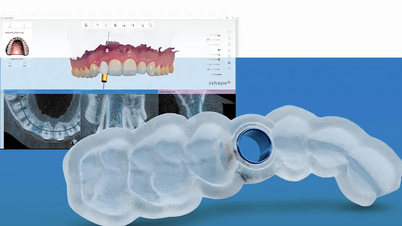

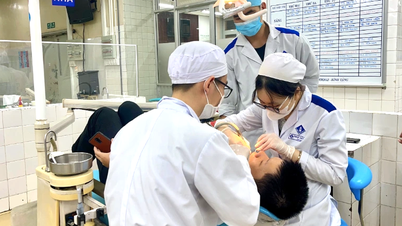

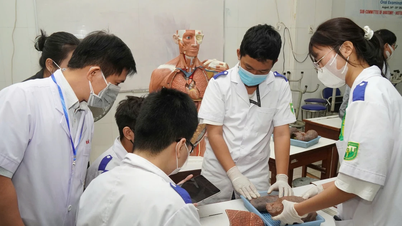










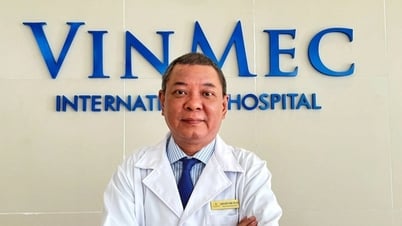










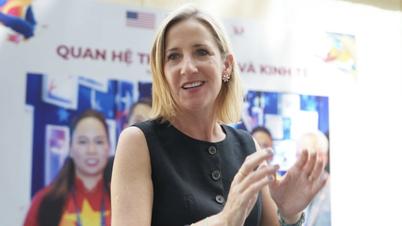






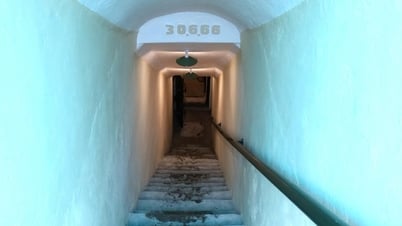







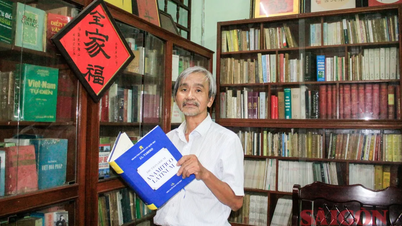




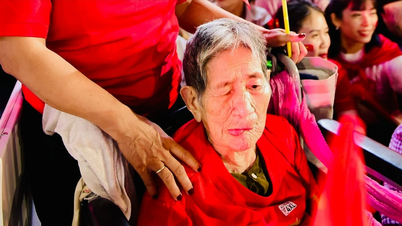



















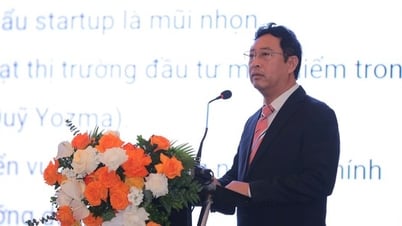























Comment (0)